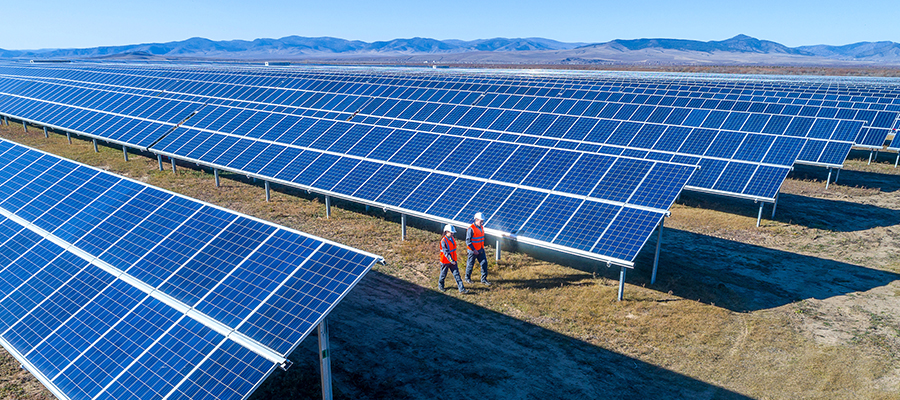Blog

Methods of Renewable Energy
In simpler terms, renewable energy is nothing but energy source which is available in abundance and won’t deplete even after continuous use. Unlike non-renewable source of energy, the use of renewable source of energy won’t lead to its depletion. Instead, it provides clean energy which does not cause any pollution to the environment and also helps in saving a lot of energy if implemented properly.
Solar energy
Solar energy is one of the most popular types of renewable energy. This energy that we need to survive gets supplied to us by the sun. With the help of solar panel, energy from the sun can be harvested and converted into electricity that is provided at homes and businesses. Not just this, solar energy is also used to charge battery and heat water. The cost of installing a solar panel at home is not huge. Installation of a panel on your home will not only help in saving money but also will benefit the environment. As it doesn’t pollute the environment, its usage will lead to benefit of the environment.
Wind Energy
Wind power is one of the forms of renewable energy source. Like solar energy, there is an abundance of wind on our planet. With the help of windmills, energy can be generated which can be used for daily purposes. The usage of wind energy has no adverse effect on the environment as it does not generate greenhouse gas that contributes to pollution. Wind power is increasingly becoming popular within the utility-scale applications. Electricity generated from the wind energy is used in farms and other places.
Hydroelectricity
Hydroelectricity is generated by capturing the kinetic energy of flowing rivers in a different way. The most known type of hydroelectric power is generated by a system in which dams are constructed to store water and when released, the water flows through turbines to generate electricity. This process is called as “Pumped-Storage Hydropower”- where water is put on rotation between lower and upper reservoirs to control electricity generation during low and peak demand. The other process where a portion of river flow is funnelled through a channel and does not require dam is called as “Run-of-River Hydropower”.
Geothermal Energy
Geothermal was derived from the Greek word Geo which means earth and Thermal which means heat. This describes the definition of geothermal energy, which is heat emanating from below the surface of the earth. The decay of minerals, forests and other beings which has been taking for several years has led to the formation of energy inside the earth. Geothermal energy is environment-friendly and has a low emission of sulphur, carbon dioxide and greenhouses gases.
Biomass
Biomass fuel comes from natural materials that once lived like wood products, dried vegetation, crop residues, aquatic plants and even garbage. After using up the sun’s energy to do photosynthesis, the plants store this in form of chemical energy. After the plants die, this energy is released by burning, which can be converted into biomass.
Biomass is the most popular form of energy as 15% of world’s total energy comes from that. In developing countries, it accounts for 35% which are mostly used for cooking and heating. Wood is categorized as biomass and it is also considered as a renewable source of energy. The only thing that matters is, replacing all the trees that were cut down with new ones. We will never run out of wood. Like the fossil fuel get their energy from the sun, biomass also gets it from the same source.